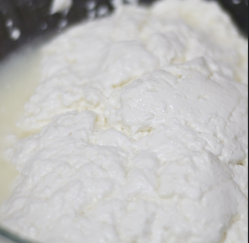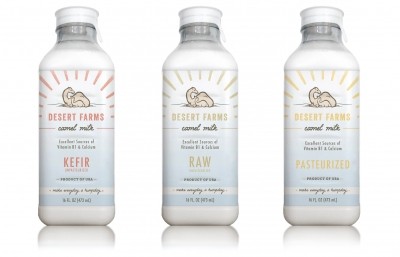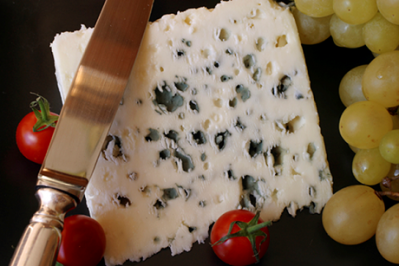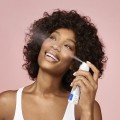French woman on trial for cosmetics 'magic cheese kit' scam

The €14.5m scam is reported to be one of the largest in Chile, where van Erpe, dubbed 'Madame Gil' held conferences in 2005 where she sold a dream of a domestic kit that produced a cheese that was in huge demand from the skin care industry.
At the time, the 'businesswoman' urged Chileans to buy the kit worth €369 complete with filters and a special powder which when mixed with milk and fermented, produced a cheese they had been told was highly sought after by the cosmetics industry.
According to the French media, the scam attracted 5,500 people in Chile who invested between €400 and €168,000.
To entice investors, the kits were initially given away for free, and people were paid for their first batches of exported 'magic cheese' to convince them to reinvest their earnings.
Van Erpe's scam had collapsed by 2006 and the "magic cheese", as dubbed by the French media, was later found rotting in a Chilean warehouse.
By 2008, the elderly woman was arrested, however Chilean authorities are pursuing her in France as it is not possible to extradite her.
The French secret to anti-ageing?
In 2012, a group of Cambridge-based doctors and scientists unexpectedly discovered anti-inflammatory factors in blue-vein cheese Roquefort, which could lead to the development of a new generation of pharmaceuticals and future cosmetic products.
This relates to the low rates of cardiovascular mortality which have existed in France for decades despite high saturated fat consumption, constituting the epidemiological phenomenon: ‘the French paradox.’
Extensive laboratory and clinical validation by the scientists have demonstrated that these anti-inflammatory factors, which occur during the ripening of the cheese, have unique properties which work best in acidic environments; most notably in the stomach lining and skin surface.
“The anti-inflammatory factors found in these cheeses could be extracted and used independently or as a part of today's pharmaceutical or beauty products,” say study authors Dr Ivan Petyaev and Dr Yuriy Bashmakov.


















